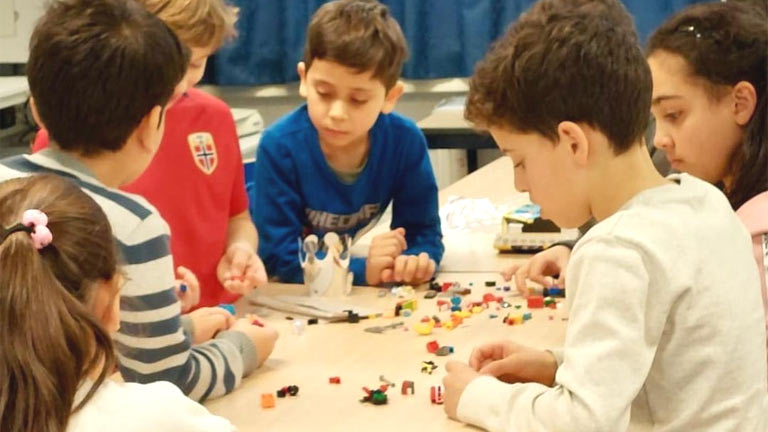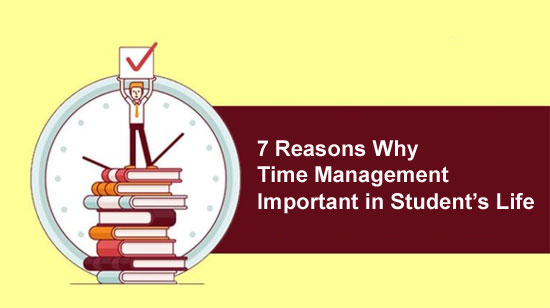
In early childhood education, observation plays an integral role in childcare. Childcare educators relay observations to parents of their children’s play, behaviour, and learning styles to know how to adjust teaching practices where necessary. These observations help you understand how your child learns and grows to meet certain developmental milestones better. Since all children are unique, there are different childcare observation approaches. As a parent, it’s best to know what these observations are to see if certain childcare facilities’ methods work in the best interest of your child’s development. Learn everything you need to know about the types of observations in childcare here.
The Types of Observations Used in Childcare
For early childhood development, there are various observations to be made. Childcare educators consistently monitor and document key areas of learning to identify areas a child could excel or struggle. Certain notable observations from one of those areas make identifying and addressing any issues easier to ensure a child gets the support they need.
These are the main areas of learning included in observations:
- Cognitive: This area regards the change or growth in your child’s mental/intellectual abilities. It’s where thinking, learning, exploring, and problem-solving are developed—for example, knowing how to count or identify shapes.
- Social & Emotional: These overlap since it speaks to a child’s ability to express emotions effectively, follow the rules and directions, form positive relationships with others, and build confidence. A good example of gauging a child’s social/emotional level is how they play with other children.
- Physical: The two main skills that fall into this category are gross and motor skills. Gross motor skills are exemplified by crawling, jumping, or running. Meanwhile, fine motor skills speak to writing and drawing.
- Language & Speech: This is self-explanatory in terms of how well your child can speak and how they communicate.
Observation in Practice in Childcare
The best way to fully understand children’s development is by constantly keeping detailed records of their progress. Doing so helps to keep track of any noticeable patterns that may be worth addressing. With the combined input from a childcare educator and a parent, they can paint a better picture of a child’s development and behaviour and take steps to help achieve milestones. The best observations come from considering how a child is in certain contexts and situations – inside and outside, in the nursery, at home, with other children, alone, and during play and meal time.
Here are a few of the certain types of observations in practice:
- Informal Observations: This is where childcare workers notice certain behaviours from a child. It endeavours to understand why a child would behave a certain way.
- Participant Observations: These involve usually participating in children’s play to gain better insight into how they behave. It is important to note that this is a more biased method due to its subjective nature since adults can influence interactions.
- Non-Participant Observations: The complete inverse of participant observations. It stresses the importance of observing free play and how children normally interact without any intervention from an adult.
- Tuning Into the Child: This observation strives to understand a child’s personal preferences, behaviour, and motivations.
- Schema Spotting: Consider this as noticing notable actions that children repeatedly display when playing, drawing, or interacting with others.
Techniques For Documenting Observations in Childcare
Now you understand what childcare looks for regarding early childhood development and how they look in practice. However, did you know there are various ways to document these observations? If not, check out the most common forms of documenting here.
Narrative
Also known as running record observation, these are written in the present tense since they’re meant to give a detailed account of an event as it is happening. It’s a rather practical approach since they’re written in a way to describe a child’s actions and behaviours fully during a specific time.
Anecdotal Records
Like narrative, anecdotal records are meant to write in detail about an event that occurs. However, this has been written in the past tens. It’s akin to writing a diary passage – with a beginning, middle, and end. Yet, this captures relevant information from what a child said and did during an event, including their facial expressions, reactions, and language. Also, consider why, when, and where the event took place.
Learning Stories
If you’re wondering how your child experienced the world, learning stories is what can achieve that. How so? Learning stories may focus on the experience of an individual child or a group of children. They do this from stories based on the decisions and consequences of a child or a group of children.
These are just a few examples. Other documentation is worth looking into if you need clarification beyond the common ones listed above.
Proper early childhood education in childcare is important. It helps to ensure your child is on track to achieve developmental milestones. Hopefully, this sheds some light on how certain observations in childcare facilitate that and what could work best for your child.




